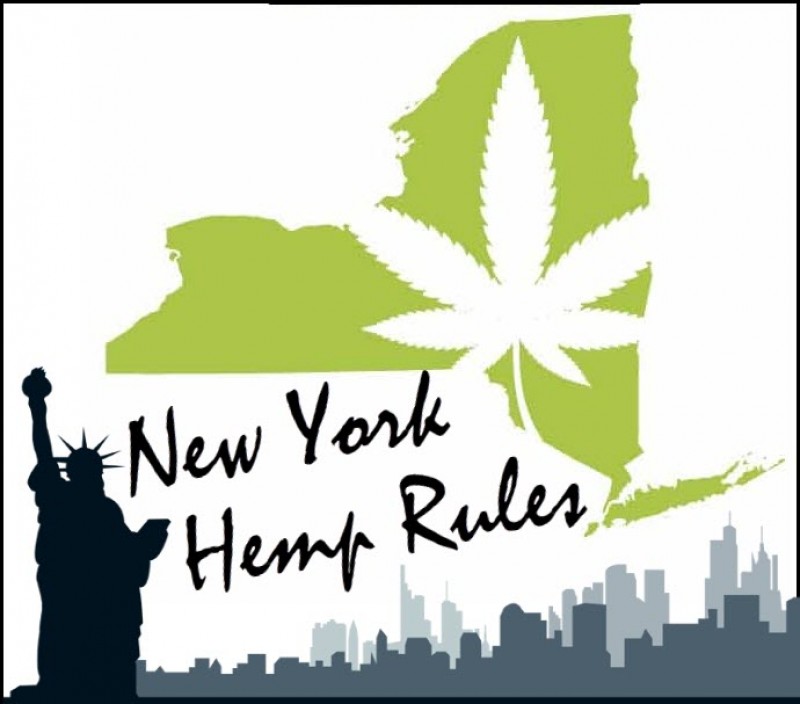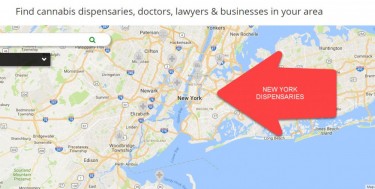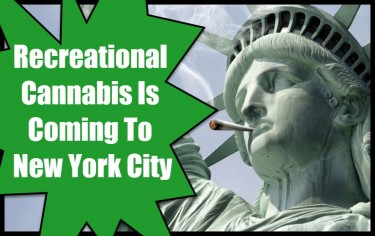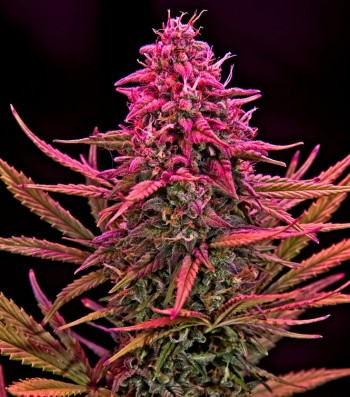A Detailed Analysis of New York’s Proposed Hemp Product Rules
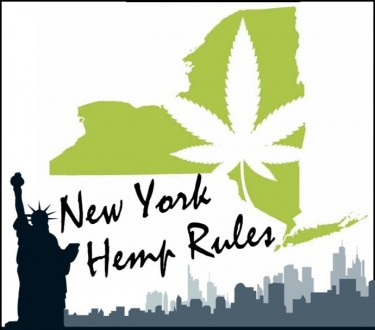
The new set of proposed rules put forward by New York to guide hemp products have been hugely debated among cannabis experts. The rules are set to govern and regulate all activities involving the processing and sale of hemp products within the jurisdiction of the state. This article will help to give a detailed analysis of the major points of this new proposed set of rules.
We will be looking at the new hemp product rules in terms of how they apply to extractors, processors, retailers, and the products generally. It should be noted that the new set of hemp product rules put forward by the state of New York are positive-minded and show care both for the consumers and producers.
Regulations
One of the first major highlights of the new sets of rules is the area of regulations and coverage. Hemp extractors, manufacturers, and retailers will no longer be regulated by the Department of Agriculture and Markets. Instead, the proposed rules classify them to be regulated by the New York State Department of Health (NYSDOH). Hemp cultivators are not covered under the NYSDOH in the new set of rules. They are still to be regulated and licensed by the Department of Agriculture and Markets. The regulations put forward by the NYSDOH for hemp-derived products are going to be more stringent for all the players in the industry.
Hemp Processors
Hemp processors under the new set of rules are separated into two subclasses namely extractors and manufacturers. Applicants are required to approach the New York State Worker’s Compensation and Disability Insurance coverage with sufficient proof. The processors will also be required to have third-party certification for their premises and equipment. The aim is to show that the premises and equipment meet acceptable Good Manufacturing Practices (GMP) standards. Processors are also required to keep records showing where the used extract is gotten from and to ensure that it falls in line with the hemp rules of the state.
A major talking point with the new set of rules is with the transport of non-final hemp products between licensed premises. Contrary to federal regulations, licensed processors under the new rules in New York are allowed to transport non-final hemp products with a certificate. The certificate is to state that the product being transported does not contain more than 3% THC. This is also contrary to the 0.3% acceptable level of the federal government used by the Drug Enforcement Agency.
Hemp Retailers
All retailers under the new set of rules are required to have licenses to sell cannabinoid hemp products to consumers. This includes grocery stores, pharmacies, and gas stations that still wish to sell cannabinoid hemp products to consumers. Applicants who apply before April 1, 2021, will be allowed to sell cannabinoid hemp products pending the approval or denial of their license.
All retailers are to ensure that all products sold comply with the set hemp product rules of New York. The cannabinoid hemp products must be manufactured, packaged, labeled, and tested in line with the rules of the state of New York. The retailers are also required to keep records of the source of hemp product, name of hemp processor, and licensed distributor. This same set of rules apply to products gotten outside the state of New York and the product must comply with the rules of the state.
Hemp products under the new set of rules are to be subjected to more stringent rules, testing, packaging, and labeling requirements. The products are required not to contain more than 0.3% total THC, not less than 90% and not more than 110% concentration of total cannabinoids in the product. The products should not be infused into liquor, wine, beer, or any other alcoholic beverages. It should also not be mixed with nicotine and tobacco.
Food and beverages can be infused with cannabinoids but they are not allowed to contain more than 25mg of total cannabinoid for each product. Dietary supplements infused with cannabinoids are allowed to contain a maximum of 3000mg of total cannabinoids. Hemp products that are going through multiple servings are advised to be individually wrapped. When they are not individually wrapped, the product is required to include a measuring device.
Pre-rolled hemp cigarettes and hemp flowers are not allowed. However, vape cartridges are allowed provided the product is a closed system. The cartridge is to be pre-filled and attached to a rechargeable battery. A single-use product that cannot be recharged is also allowed.
Packaging and labeling of cannabinoid hemp products
Cannabinoid hemp products are required to be packaged in tamper-evident packaging. Exposure to light and oxygen is also to be minimized. Recommended dosing and usage instructions are to be included in the packaging. Some important sets of information should also be added to the labeling of hemp products.
The label should include a nutritional or supplement fact panel based on the number of servings in the container. Ingredients in the product should be listed in descending order of their weight and cannabinoids with greater than 0.05% weight should be added. Expiration date, lot, or batch number should also be added. The name of the cannabinoid hemp processor should be added even if it is an out of state processor. A QR code linked to a certificate of analysis and the state of origin of the hemp used should be added.
There are some series of warnings that must also be a part of the packaging of cannabinoid hemp products.
Indications should be made that products must be kept out of reach of children.
Products contain THC which can allow the user to fail a drug test
The safety and efficacy of the product have not been tested by the FDA.
Pregnant women and nursing mothers should consult their physicians before using the product
Smoking and vaporizing is hazardous to health
No player in the industry is allowed to advertise that their hemp product can cure, treat, or prevent any type of disease. Inhalable hemp products are only to be sold to persons over 21 years of age.
NEW YORK DISPENSARIES AND REC MARIJUANA, READ MORE..
WHERE ARE THE NEW YORK DISPENSARIES, READ THIS!

